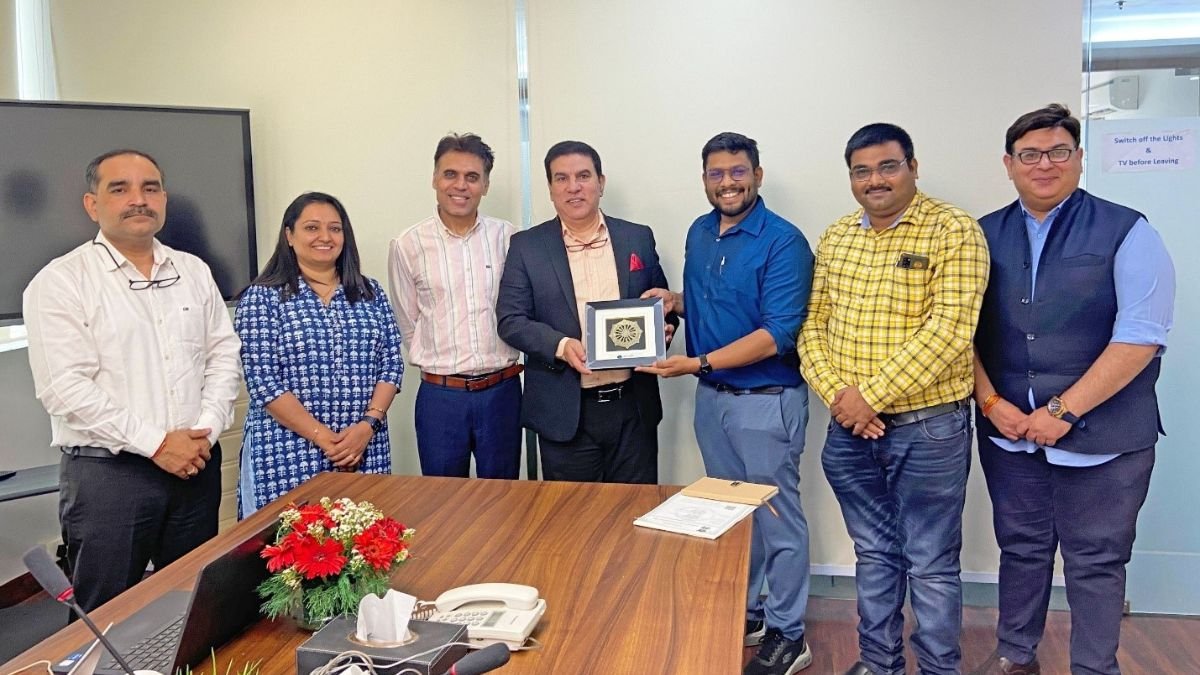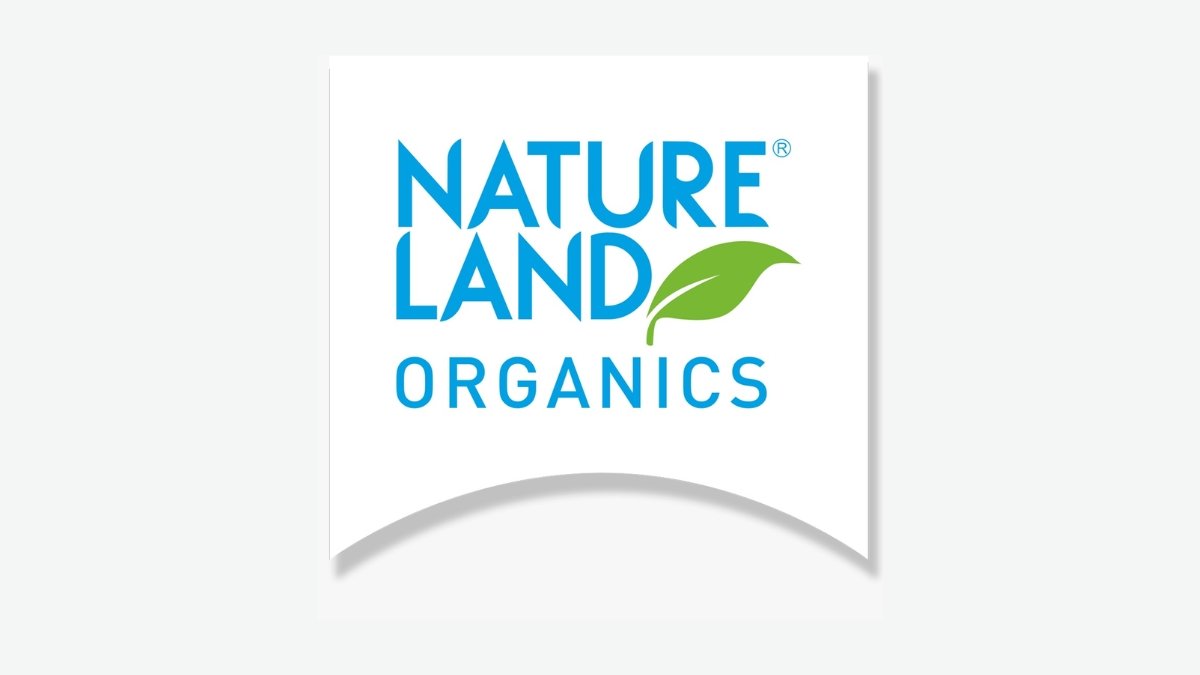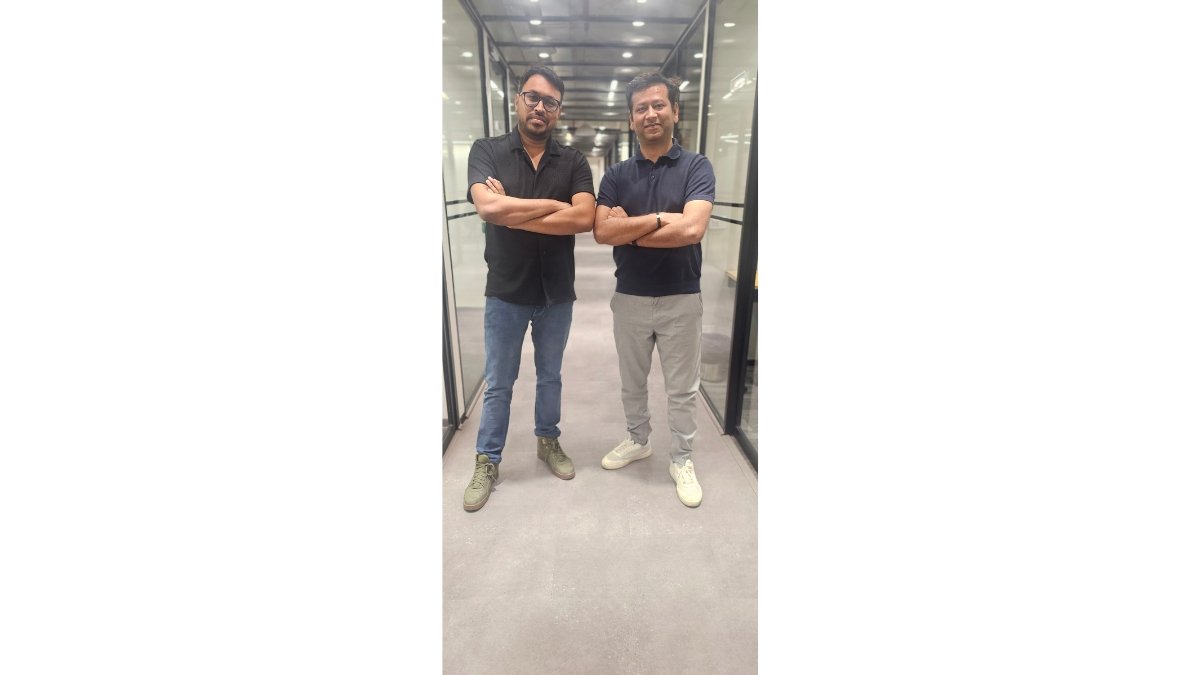
Sameer Mahandru on the Highs and Lows of India’s Alco-Bev Industry: Challenges and Future Prospects
New Delhi [India], April 11: The Indian AlcoBev industry today stands at crossroads where at one hand the rising popularity of premium spirits and craft drinks is driving the surge, on the other hand the rising input costs are keeping the industry on toes.
Consumers today are seeking drinks that are unique and high in quality. Brands have taken the hint and are now stepping up to meet the demands by making the drinking experience more about flavor and craftsmanship rather than just a drinking binge.
Sameer Mahandru, a leader in the alco-bev industry, gives insights to gain a deeper understanding of the opportunities and challenges in the industry.
There are strong projections that the alcohol and beverage industry in India will experience substantial growth. The market valuation will reach approximately $200 billion by 2025 and expand at a compound annual growth rate of 7.2% to attain $300 billion by 2035.
Even though the numbers are promising, the journey is far from simple. Let’s unpack what lies ahead.
Premiumization and Craft Boom
The alco-bev industry is riding high on premiumization and the craft boom creating an innovative and growth friendly landscape for the sector.
This shift goes beyond simple indulgence because it represents a cultural movement where consumers now value quality experiences that match their personal values and way of life.
Microbreweries along with craft distilleries lead this transformation by offering diverse options suited for adventurous taste preferences.
These experiential drinking establishments are not just places to enjoy a drink, they have become the go to destination for patrons to engage with the brewing methodology, attend tastings and understands what exactly goes into making these flavorful beverages.
“For an astute connoisseur, the only thing more artisanal than the drink is the story behind it! Consumers have become wary of the mass produced and have traded it for the bespoke. They are even ready to pay a premium price for that ‘one-of-a-kind’ experience’. After all who wouldn’t want to sip a whiskey that has a story as rich as its taste” says Sameer Mahandru.
The ever popular craft culture has transformed the mundane drinking experience into a journey of flavors making it a thrilling endeavor for both producers and consumers.
Global Expansion and Tourism Integration
The global expansion of Indian spirits presents an exciting narrative of growth and opportunity. Homegrown brands are gaining traction in international markets. This is not just a fleeting trend, it reflects the acceptance and recognition of the quality and craftsmanship in Indian made spirits especially single malts and artisanal products.
As ‘Make In India’ is gaining momentum in the alcobev space, the sector has started positioning itself as a serious contender on a global stage. The integration of tourism into this expansion has been a game changer. Distillery tours, immersive tasting experiences have played a vital role in boosting brand engagement while attracting international travelers at the same time.
“Indian spirits have made their mark on the global stage showcasing the exceptional quality and craftsmanship that define our single malts and artisanal creations. Distilleries are embracing tourism through immersive tours and tastings. They are offering drinks with a side of India’s rich heritage and local flavors.” Believes Sameer Mahandru.
“The global expansion is not just about the growth in numbers but an invitation to explore the stories and traditions behind the spirit and creating meaningful connections that resonate far beyond the glass,” he adds.
With the market on an upward trajectory, leveraging tourism with global outreach will present unparalleled opportunities for Indian brands to cultivate a customer base that is loyal both at home and abroad.
Challenges: Rising Input Costs
Even after positive indications, the alco-bev industry is grappling with a plethora of challenges that threaten its profitability. Rising input costs are at the core of this struggle.
The prices of essential raw materials, such as Extra Neutral Alcohol (ENA), have surged significantly—up by 53% since FY2018—while packaging costs, particularly for glass and paper products, have also seen steep increases of 79% and 22-31%, respectively.
In addition to these prices energy price hikes further put a dent in the operational budgets. The ability to adjust retail price is dampened by industry’s reliance on state controlled pricing mechanisms which leads to limited margins for extended periods.
These problems make it necessary to make production practices more sustainable while maintaining product quality. Moreover, the competition within the market is becoming more intense as domestic and international brands try hard to grab eyeballs and please the palettes. This constant push and pull is motivating producers to come up with innovative blends while managing financial pressures.
Sameer Mahandru opines “Even though the industry is navigating turbulent waters, with rising costs and shrinking profits, yet it’s an opportunity to transform by adopting sustainable production practices, optimized innovative operations and focusing on quality-driven differentiation, brands can turn adversity into an advantage. With AI at the forefront, the alco-bev industry can utilize it to manage costs.”
As we delve deeper, we can anticipate that the future is not going to be free of road bumps, however, the potential for growth and transformation within India’s alco-bev sector is undeniably promising. We only have to find a balance between profit and sustainable practices which will be crucial for success in the long term.
Disclaimer: The insights provided in this article are meant for informational purposes only. Views expressed above are the author’s own.



